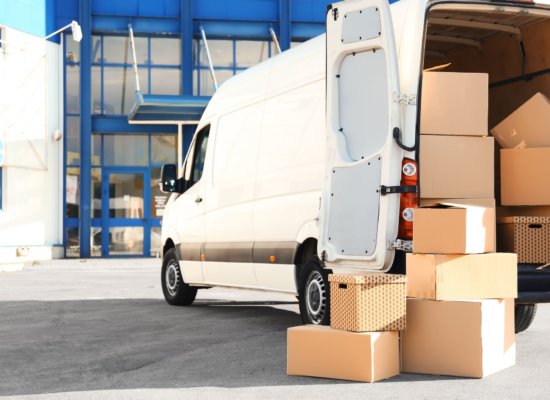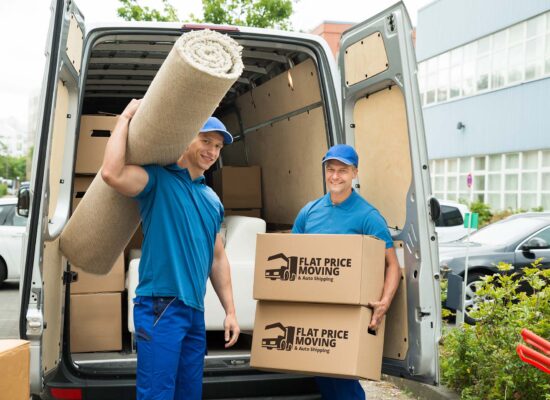How to Pack Dishes for Moving Like a Pro
The most delicious room in your house can quickly become the most demanding one when it comes to how to pack dishes for moving. Not only is your kitchen filled with an overwhelming amount of items you might not even know the name of, but it is also full of tiny, fragile things and delicate irregularly-shaped objects. Add large bowls and platters to the mix, and you’ll end up with copious amounts of stress, as well. You might even find yourself thinking if there is an art discipline you didn’t know about, one that teaches you what is the fastest way to pack for a move. Luckily, you just ran into one.
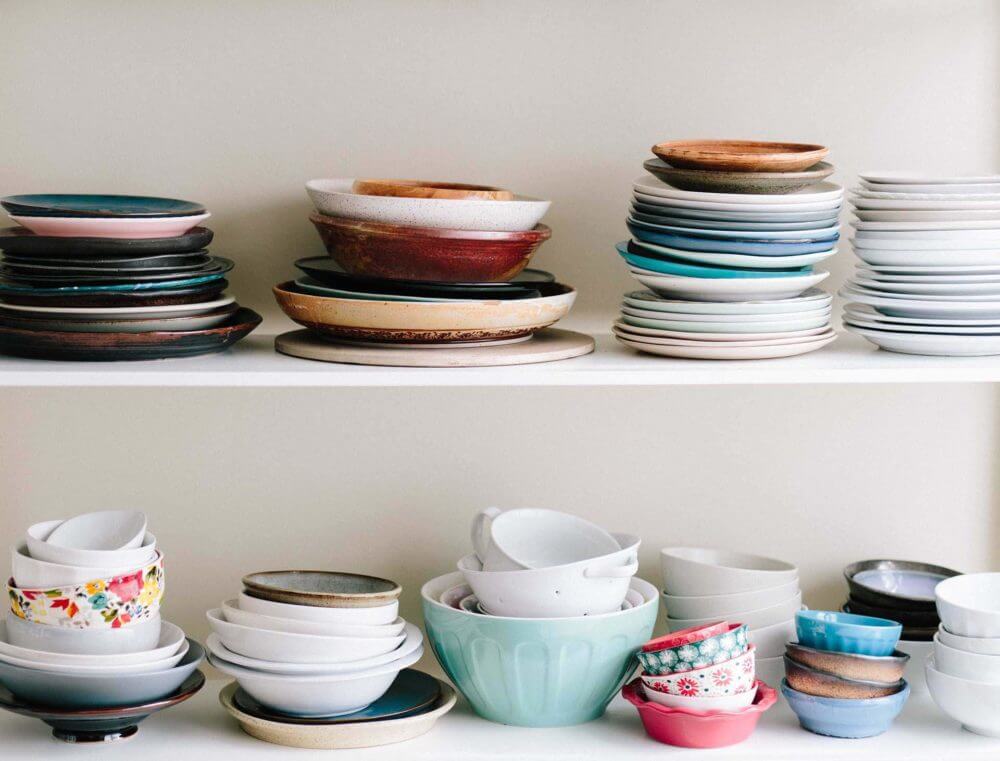
Relocating without a plan is equal to voluntarily signing to losing your grip. And we’ve all been there. That’s precisely why a bit of foresight will give you a pretty good chance for an undertaking like this one. Don’t hesitate, read it through and tackle it like a pro.
Preparatory Steps for Relocating Dinnerware
The best way to pack dishes is to be well prepared. There are many ways to make cross-country moving less daunting, but you will pull through smoothly with this one. Even though getting organized to move may be time-consuming, skipping it may be one of the main reasons why it gets so tricky. Before starting, one of the proven relocation tips is creating a detailed inventory list. Understanding what items should be better protected is something that comes naturally while going through your belongings. Depending on their monetary or sentimental value, you can always divide them into different categories and piles. Noting their condition and taking photos of the kitchen inventory also come beneficial when relocating. Wondering how to pack dishes when moving and move efficiently but not considering these will surely backfire and make it even more exhausting. If you’d like to figure out what’s the easiest way to pack for a move, take your time and prepare yourself.

How to Pack Dishes for Moving: Pocket Tips
No matter how experienced you are when it comes to long-distance moving, we listed some of the most important things to do and think of when planning:
- Ensure all of the objects are clean – Before stacking them, they must be spotless.
- Strengthen your packages – Although getting some old boxes is a great idea, make sure they didn’t go soft before putting all the heavy things inside. The last thing you want is them to cave in or to fall out of the box.
- Don’t forget padding – Before you start placing your belongings, use padding material of your choice that will absorb shock if it comes to shifting and jostling around during transit.
- Eggs on top – When handling your belongings, always put the heaviest objects first. It will balance the weight of the package and prevent more delicate objects from getting damaged.
- Safe zone – Don’t overstuff your packages because you’ll need at least 3 inches of free space to add a protective layer for your delicate belongings.
Best Relocation Box Tips
How to choose best-sized boxes for your packages requires a bit of logistics and managing the best-given options. You can even get slightly used ones from friends or stores near you, but watch out for potential damages in that case. Standard shipping boxes are usually of the same quality unless you find the kind made of sturdier cardboard. Also, you’ve probably heard of dish packs: the most suitable for protecting all the breakables. Getting them for your most delicate objects might be a good idea. Internal corrugated dividers will come in handy, too, to keep everything separated.
A Step Closer to A New Home
Whatever your reasons to move, simplifying your home relocation is a mandatory step. If you are relocating to another state alone, deciding what and what not to pack might be a tedious piece of work for you, assuming you’re already losing your mind with the relocation process. Still, if your home is loaded with dinnerware you barely use, decluttering will come as a huge relief. Numerous moving hacks could help you learn an easy way to let go of all the non-essentials. Finally, you wouldn’t like your new home to be loaded with clutter from the old one, would you? Whether you decide to donate unwanted stuff, have a garage sale and earn some money, or give your things away, it will also help cut ties with anything you’re holding on to by default. This way, answering yourself how to pack dishes for a move might not be such a colossal task.
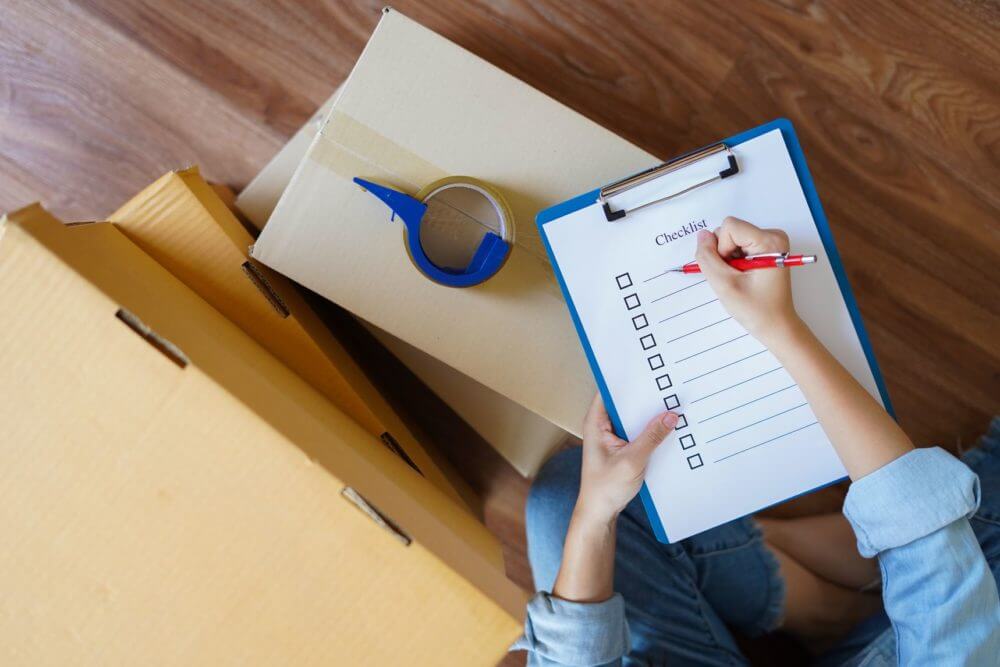
Materials You Need For an Easy Move
Packing materials in this case mostly requires you to be extra attentive, which means your patience and time are the most excellent tools to have them safely “on the other side.” Still, the whole process would not be feasible without these:
- Small to medium size cardboard boxes,
- Packing paper aka most suitable material for fragile belongings (skip the newspapers if you don’t want ink marks on your stuff,)
- Bubble wrap (and eco-friendly alternatives,)
- High-quality tape.
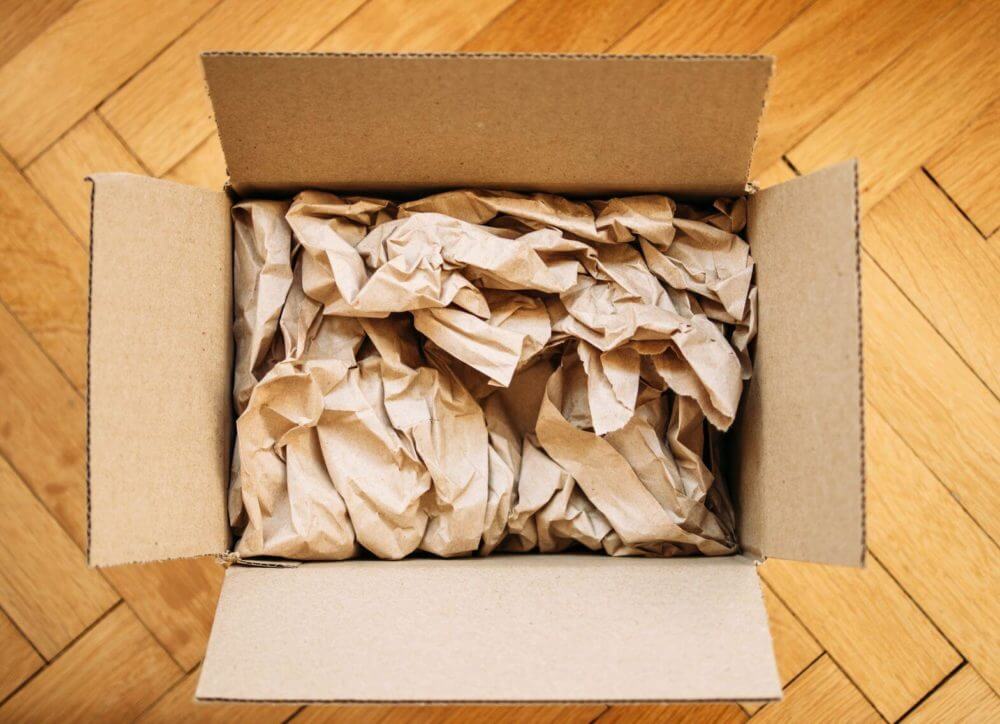
How to Deal With Bowls and Plates
If you’re relocating out for the first time, these are the best objects to start with when learning how to tackle them correctly. Although they are not the same shape, they don’t have any protruding parts, making it more simple. Remember to place them in the boxes first, since plates and bowls are the heaviest ones.
Stacking multiple dishes in one go is not something we recommend. Instead, choose to stack them individually or in bundles, if not too delicate. Putting some extra effort might save one or two of them.
The most common wrapping method is using paper. Put the sheet on a flat and clean surface and place the dish in the middle. Bringing all the corners, one by one, to the center of the plate will cover it entirely. Don’t forget to tape it in order to secure it, and then place each dish vertically.
How Do You Pack Large Serving Bowls for Moving?
The wrapping method is the same with these, except a second phase when piling up three of them together and wrapping them up again with a double layer of the protective material you’re using.
How Do You Pack Dishes for Moving Without Paper?
Wondering how to save on relocation costs? We’ll go over the question of how to pack dishes for moving without paper, whose many alternatives you can find in your homes:
- Pillowcases are always a good solution when making cushions and adding protective layers where needed,
- Sheets are an excellent cover for your plates, cups, and other not so fragile items. Just remember they’re pretty thin, so you’ll need to provide a lot of cushioning material,
- Thick and soft towels are probably most helpful there. Feel free to bundle even two to three plates per towel,
- T-shirts are similar to sheets, but you can still use them as alternative protective covers for your dinnerware.
When looking for alternatives, avoid choosing newspapers because, quite frankly, it doesn’t work well and may only make it unintentionally harder for you. Expect some persistent ink stains on your items and your hands rather dirty.
Consider Bubble Wrap For a Smooth Relocation
This one is not so budget-friendly, but spending some additional money on it is worth it. Safeguarding your most beloved belongings has no price, and going for the suitable packing material will allow you to experience stress-free relocation.
When using a bubble wrap, cut the piece large enough to cover your item fully more than once. Try to avoid one of the common relocation mistakes: do not wrap up your dinnerware with the bubbles on the outside and the flat edge against them.
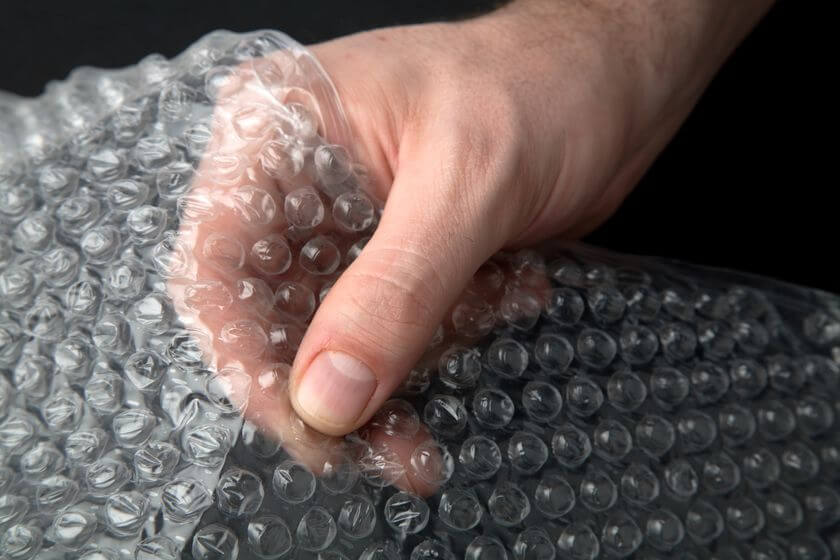
How to Protect Cups, Mugs, and Glasses?
Here you’ll need tons of paper, but it’s all about safety. When handling objects such as cups, mugs, or glasses, keep in mind that filling them with soft material is a must. Only then will they be ready for wrapping. Fold in the excess paper on the sides for extra protection. If you find an extra-large wrapping sheet, try placing two of them together. Once you’re somewhere near half of the sheet, lay the second cup and keep rolling until both are covered.
Beware of Stemware
Undoubtedly, these are your most delicate stuff, and learning how to handle them before you start is the key to keeping them safe. Whether they’re glass or crystal, be sure they are fragile from top to bottom.
Put some soft material of your choice in to support them. Gently lay the glass on one side of the paper and roll it to the opposite corner, just like you did with the previous one. Fill the space in between with more padding material and – voila!
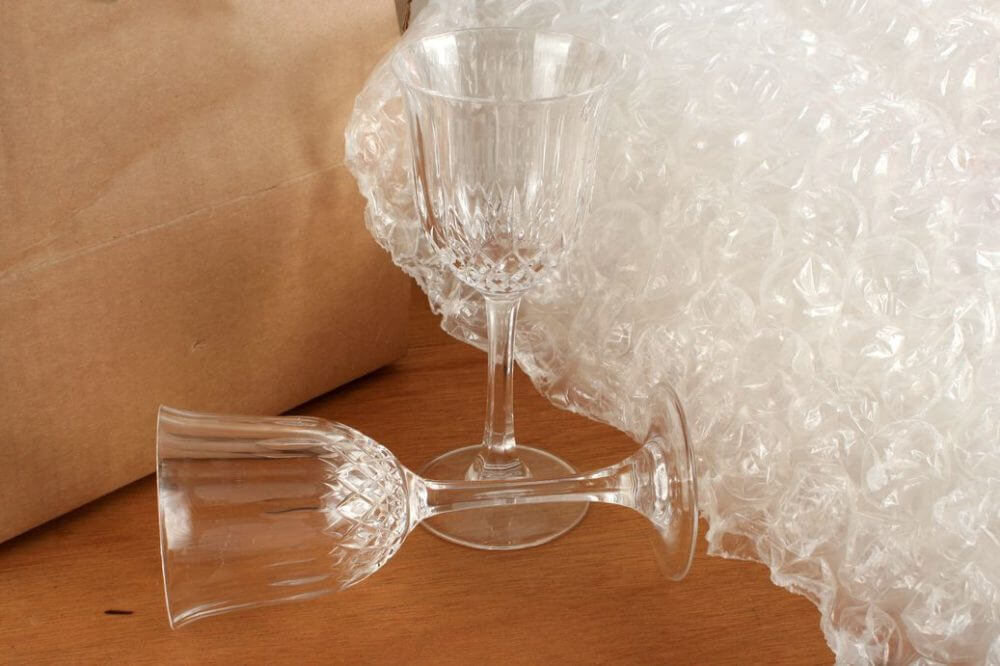
You Can Relax With Pots and Pans
If you want to know how to properly pack dishes when moving, don’t skip your pots and pans. They are susceptible to scratches and other minor damages. Place your cookware on the wrapping sheet and fold all of the corners to the center. Even though they will need some extra padding, they don’t ask for dish packs. Standard ones will do just fine.
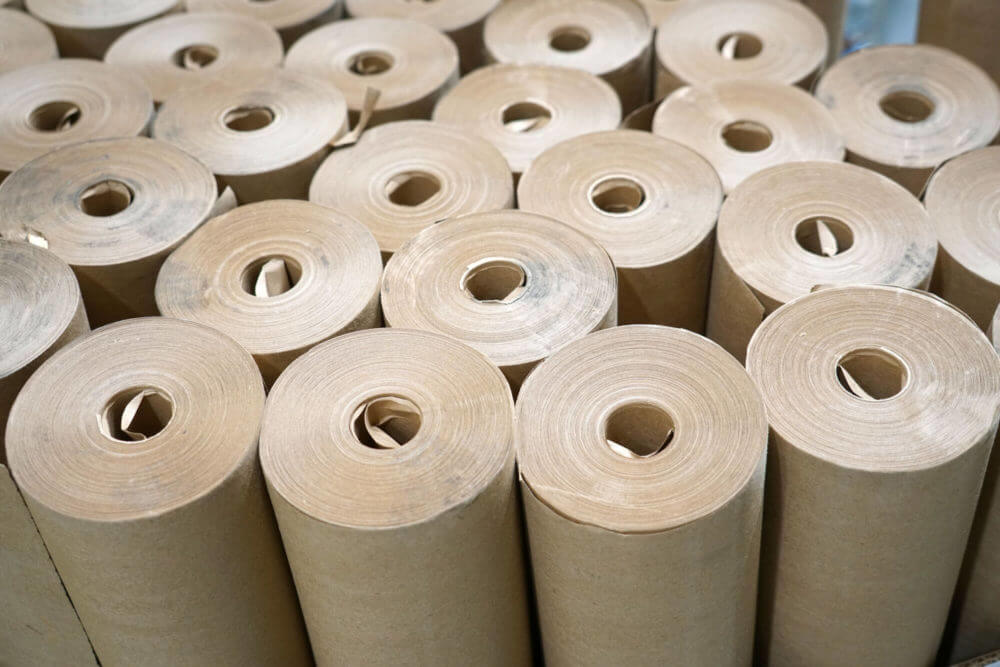
How to Pack Dishes for Shipping?
Dealing with fragile belongings without breaking them is possible as long as you take the necessary precautions. When it comes to shipping, choosing the right boxes, sturdier, corrugated is always the right choice. However, do not overlook their specifications, be sure they are suitable for the weight you’re sending. If choosing an oversized box for the shipment, there will be space left for your belongings to shift around while in transit. Also, find out what is the safest way to tape the box. We always like to advise on using the H-tape method for the most protection.
For more info on how to package all your vulnerable items properly, check out the video below.
Make A Difference In Your Move and Get Professional Movers
Why is relocation so stressful is not that hard to understand when you find yourself immersed in chaos. A reliable long-distance moving company is a bare necessity then and the most cost-effective solution when safeguarding your heirloom, especially if DIY might put it at risk of damage. Professional packing is called so for a reason, and having an extra pair of helping hands that know what to do may save you from trouble. Hiring long-distance movers may not be the cheapest way to move out of state, but keeping your time and your belongings is worth it, no matter the cost of interstate relocation. Have this in mind when considering long-distance moving services, too. Sometimes will is not always enough, we need skills as well. Take this as an essential relocation day tip.
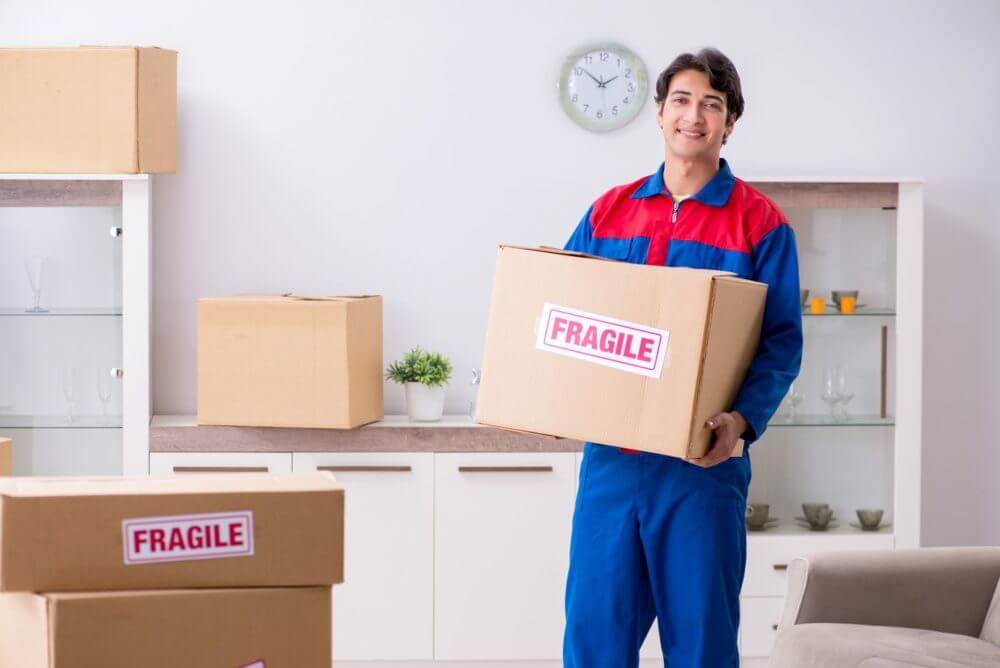
Ready For The Big Move?
Even though breakables might be easiest to damage when packing dishes during the relocation process, a bit of caution will ensure their safety. Whether you’re relocating only with your everyday dishes or you are planning to bring a great-grandma set of glasses with you, remembering these tips will allow you to move them all in one piece. So, grab that box and start packing.
